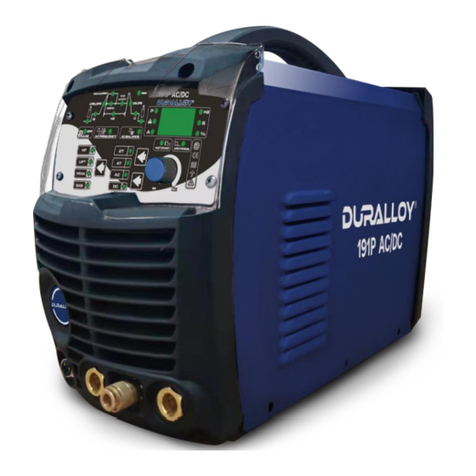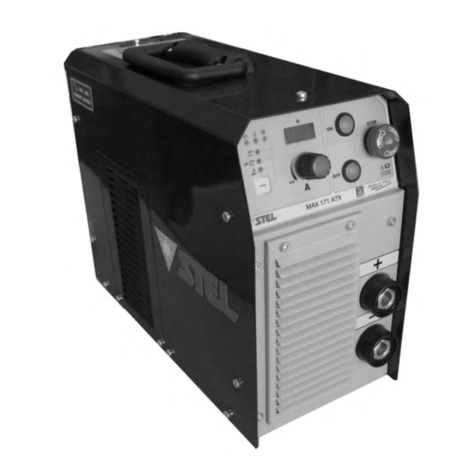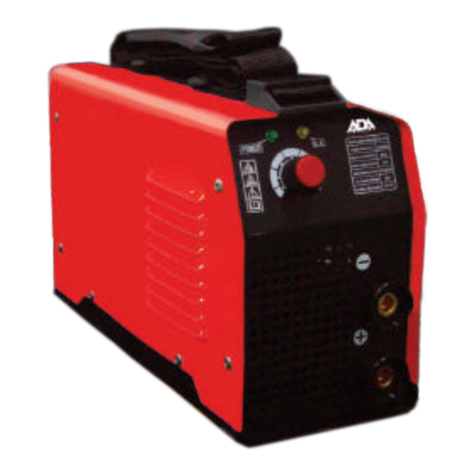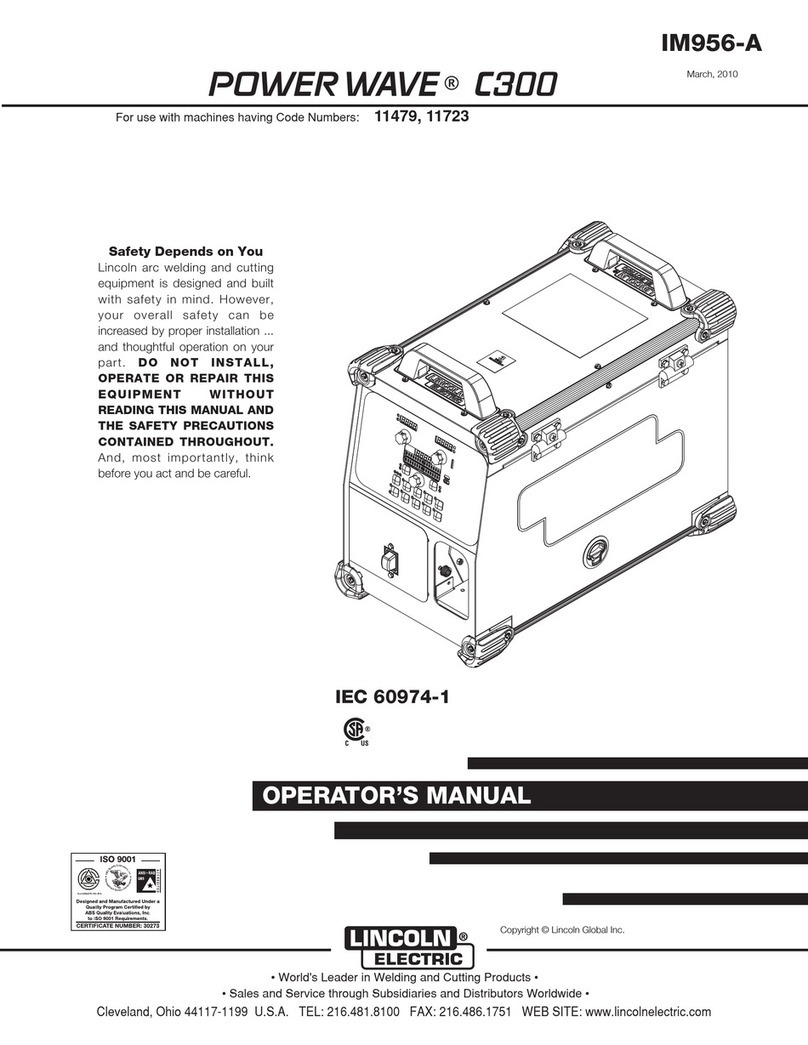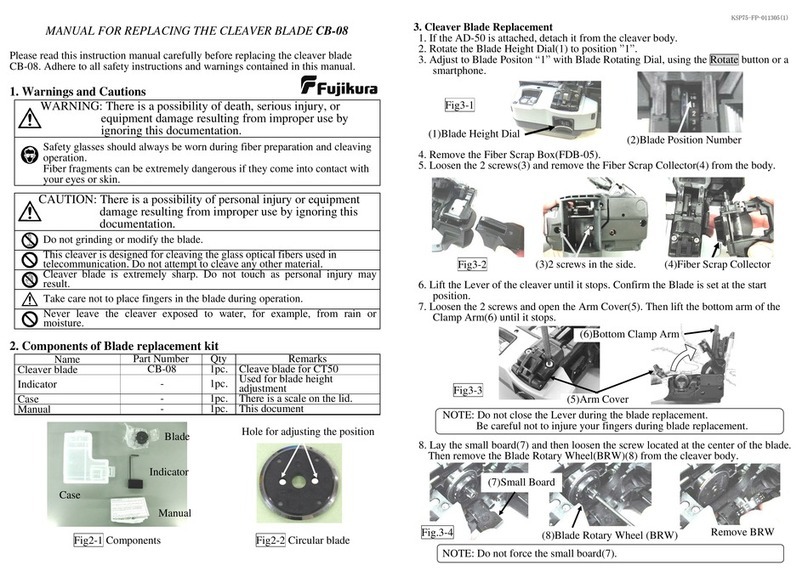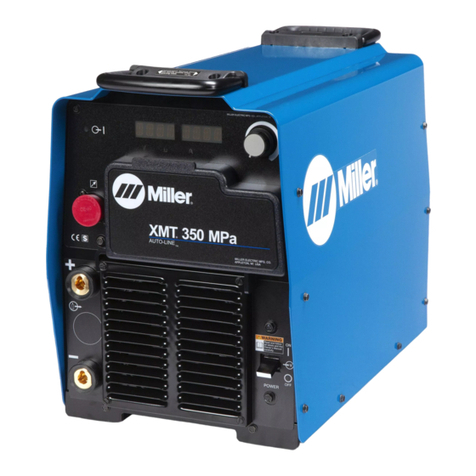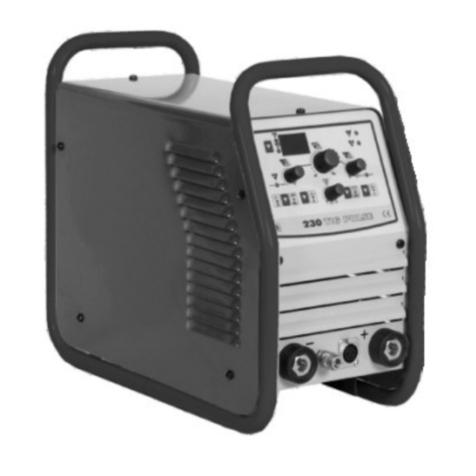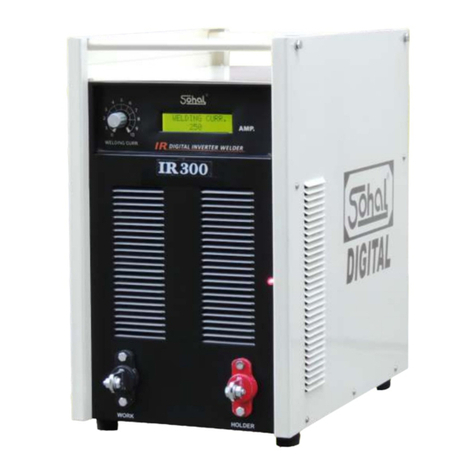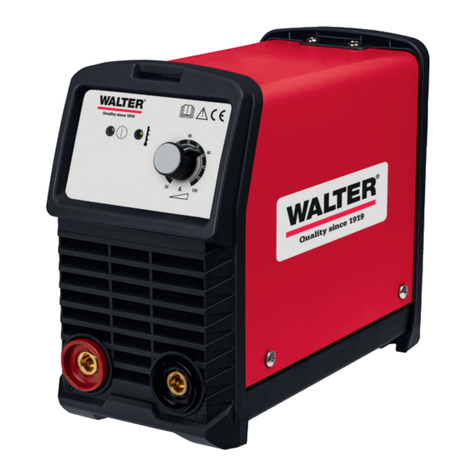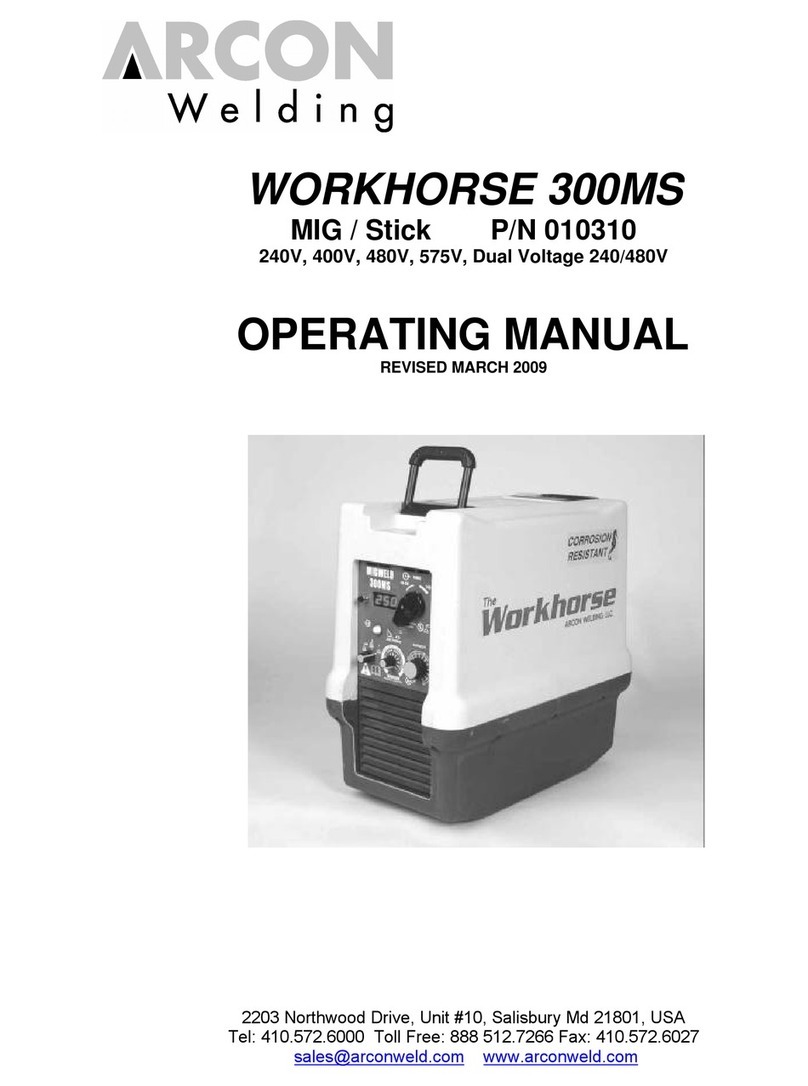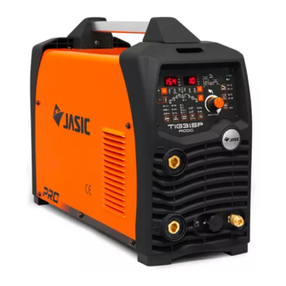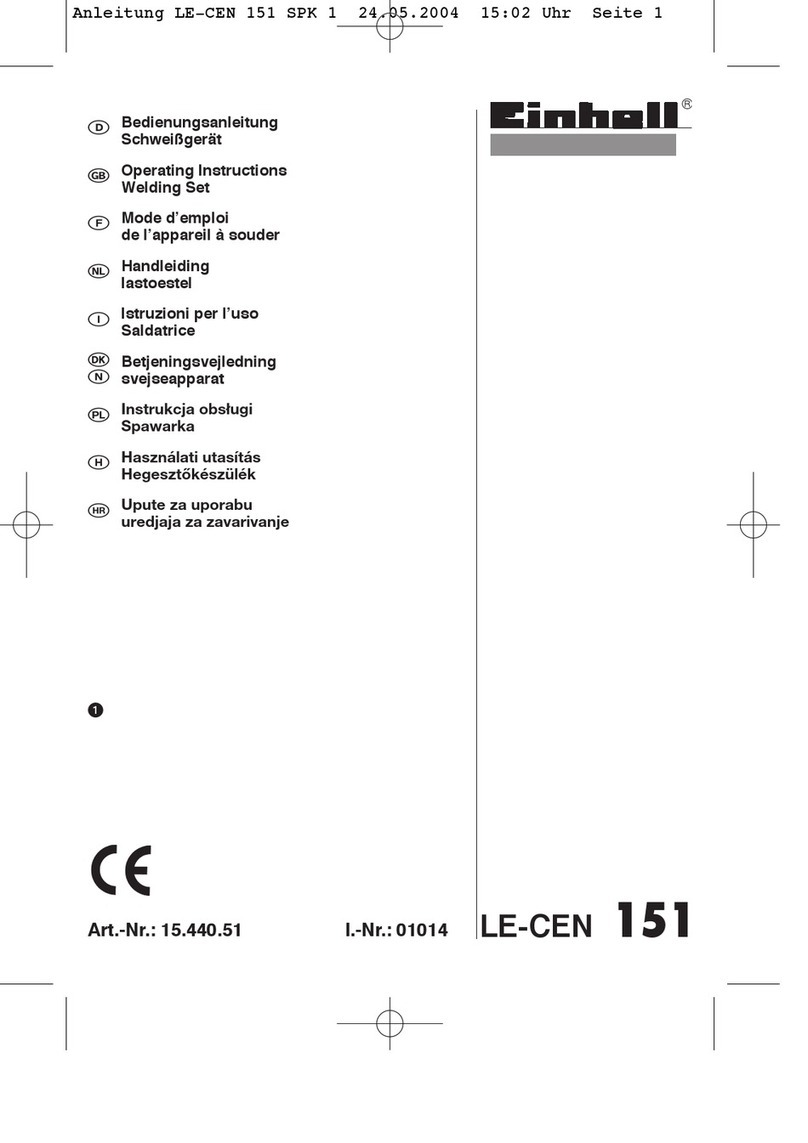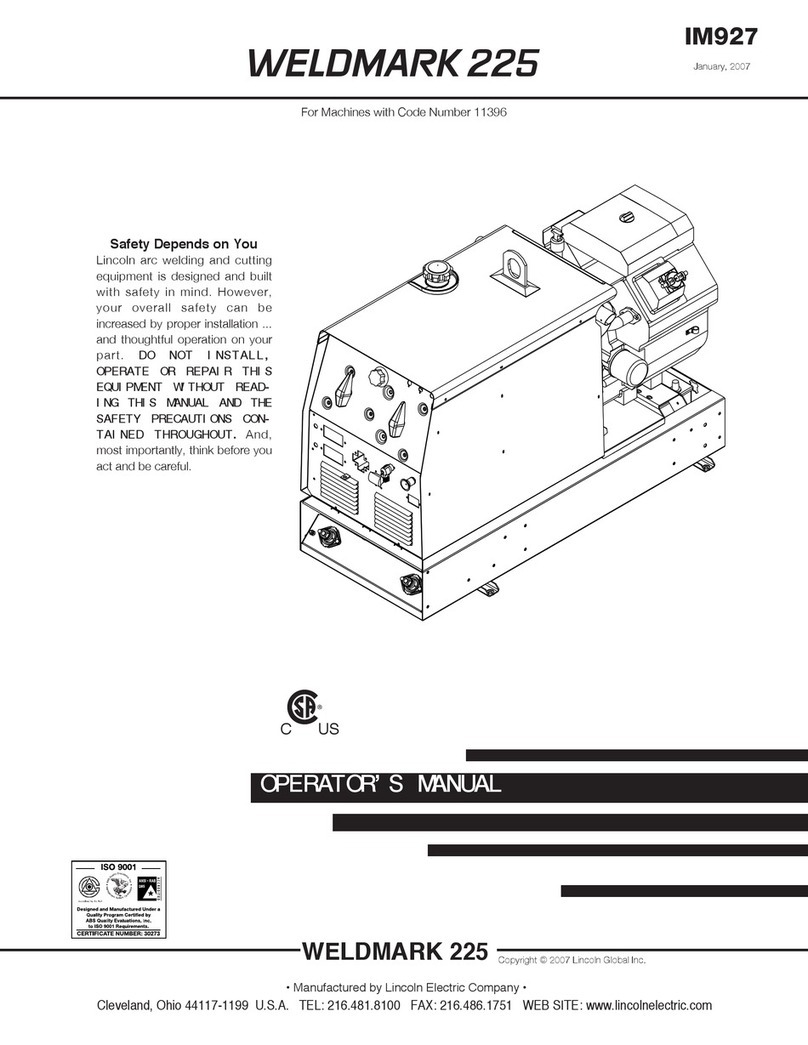2Warrantyandliability
2.1 Warranty
This Warranty covers the product it accompanies at the time of purchase.
This Warranty guarantees the product against any material or manufacturing faults for a period of THREE YEARS from the original
date of purchase.
Should any material or manufacturing defects be found during the warranty period, we will provide to repair or replace (at our
discretion) the product or its defective components according to the terms and conditions listed below, free of any charges for labor
costs or spare parts. Our support service reserves the right to replace defective products or their components with new or overhauled
products or parts. All replaced products and components will become property of ELETTROLASER S.R.L..
2.2 Conditions
Repairs under warranty will be performed only if the defective product is presented within the warranty period, along with the
original sale invoice or a purchase receipt (indicating the date of purchase, the type of product and the name of the dealer).
ELETTROLASER S.R.L. reserves the right to refuse repairs under warranty in the absence of the aforementioned documents or if the
information they feature is incomplete or illegible. This Warranty will cease to apply if the indication of the model or serial number
on the product have been changed, cancelled, removed or have become illegible.
This Warranty does not cover the costs and risks involved in transporting your product to our FACILITIES.
The following are excluded from this Warranty:
•Periodic maintenance operations and repairs or replacements of parts due to wear and tear;
•Consumption materials (components which foreseeably require periodic replacing during the lifespan of a product, such as tools,
lubricants, filters, etc.).
•Damage or faults due to incorrect operating, use or treatment of the product, for different purposes than normal professional
use;
•Damage or modifications to the product caused by incorrect use, including:
▪Treatments that cause physical, aesthetic or superficial damage or alterations;
▪Incorrect installation or use of the product for different purposes than those it is designed for, or failure to observe
instructions for its installation and use;
▪Incorrect maintenance of the product, non-compliant with instructions for its correct maintenance;
▪Installation or any use of the product that is not in compliance with technical and safety laws of the Country where the
product is installed or used;
▪Conditions or defects in the systems the product is connected to or in which it is incorporated;
▪Repairs or attempted repairs by unauthorized staff;
▪Adjustments or changes to the product carried out without prior written authorization from the manufacturer, update of
the machinery exceeding the technical specifications and functions described in the instructions manual, or changes made
to the product to make it compliant with different national or local technical or safety laws than those for which the product
was specifically designed and built;
▪Negligence;
▪Accidents, fires, liquids, chemical substances or other types of substances, flooding, vibrations, overheating, inadequate
ventilation, excessive or incorrect electrical supply, radiations, electrostatic discharge, including lightning and other
external forces or sources of impact.
2.3 Exclusions and restrictions
With the exception of the above, ELETTROLASER S.R.L. does not release any warranty (explicit, implicit, statutory or of any other
nature) for the product in terms of quality, performance levels, precision, reliability, suitability for specific uses or other aspects.
If this exclusion not admissible, fully or partially, on the basis of currently applicable laws, ELETTROLASER S.R.L. excludes or restricts
its warranties to the maximum limit allowed by applicable laws.
Any warranty that cannot be fully excluded will be restricted (according to terms allowed by applicable laws) to the duration of the
present Warranty.
The only obligation held by ELETTROLASER S.R.L. in the framework of this Warranty consists of repairs or replacements of products
based on the present warranty terms and conditions. ELETTROLASER S.R.L. declines any liability for losses or damage concerning
products, services, the present Warranty or other aspects, including economic or intangible losses –the price paid for the product –
loss of profits, income, data, employment or use of the product or of other associated products –indirect, incidental or consequential
losses or damage. This is also valid for losses and damage deriving from:



















